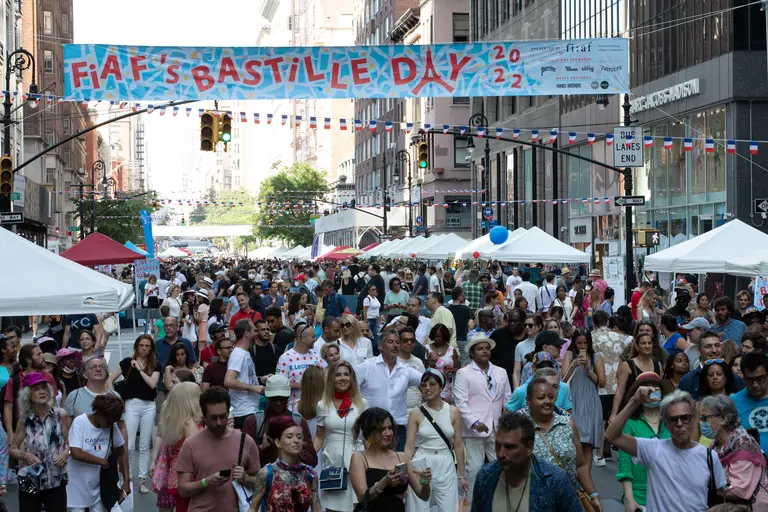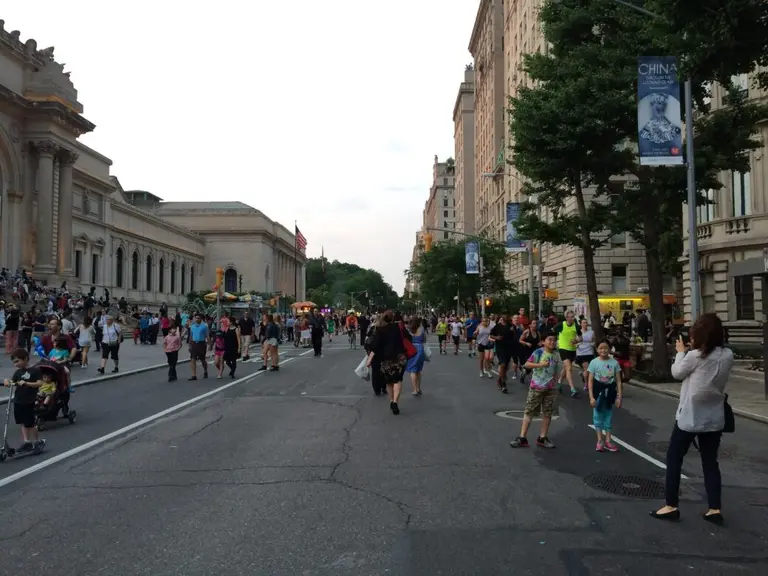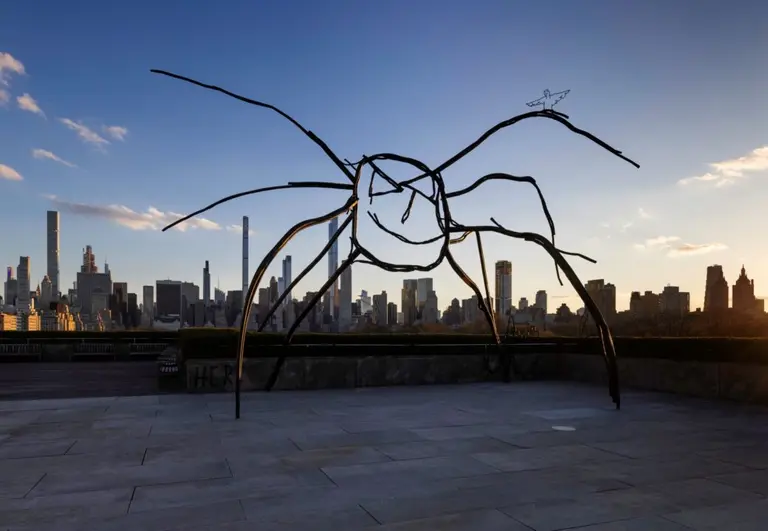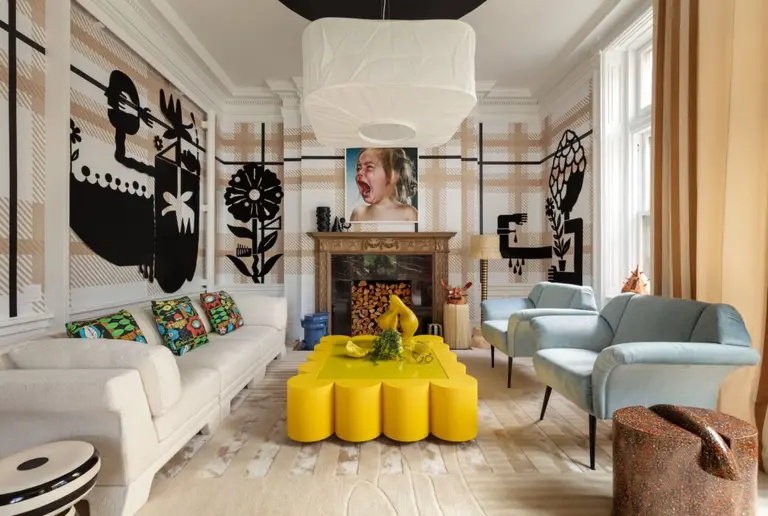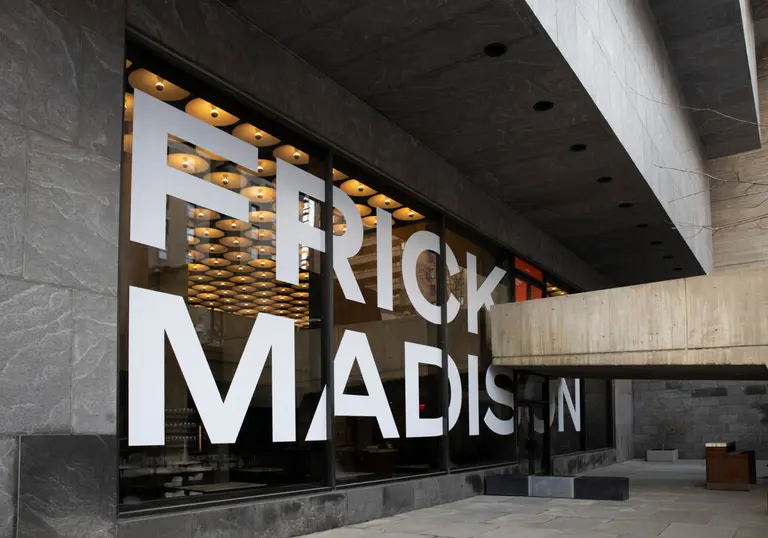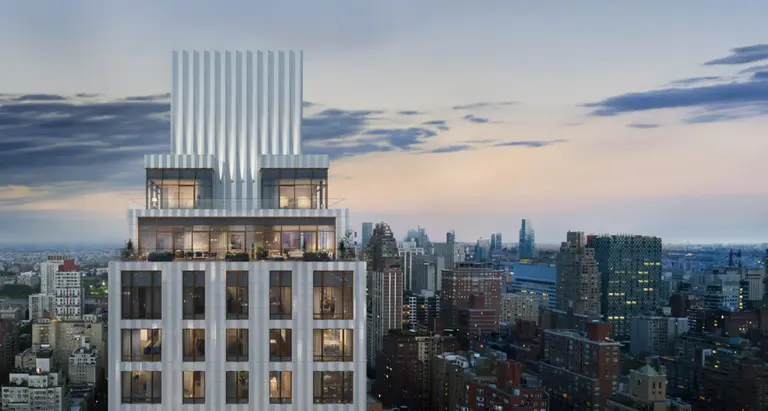The Met to host first major museum exhibition dedicated to architect Paul Rudolph
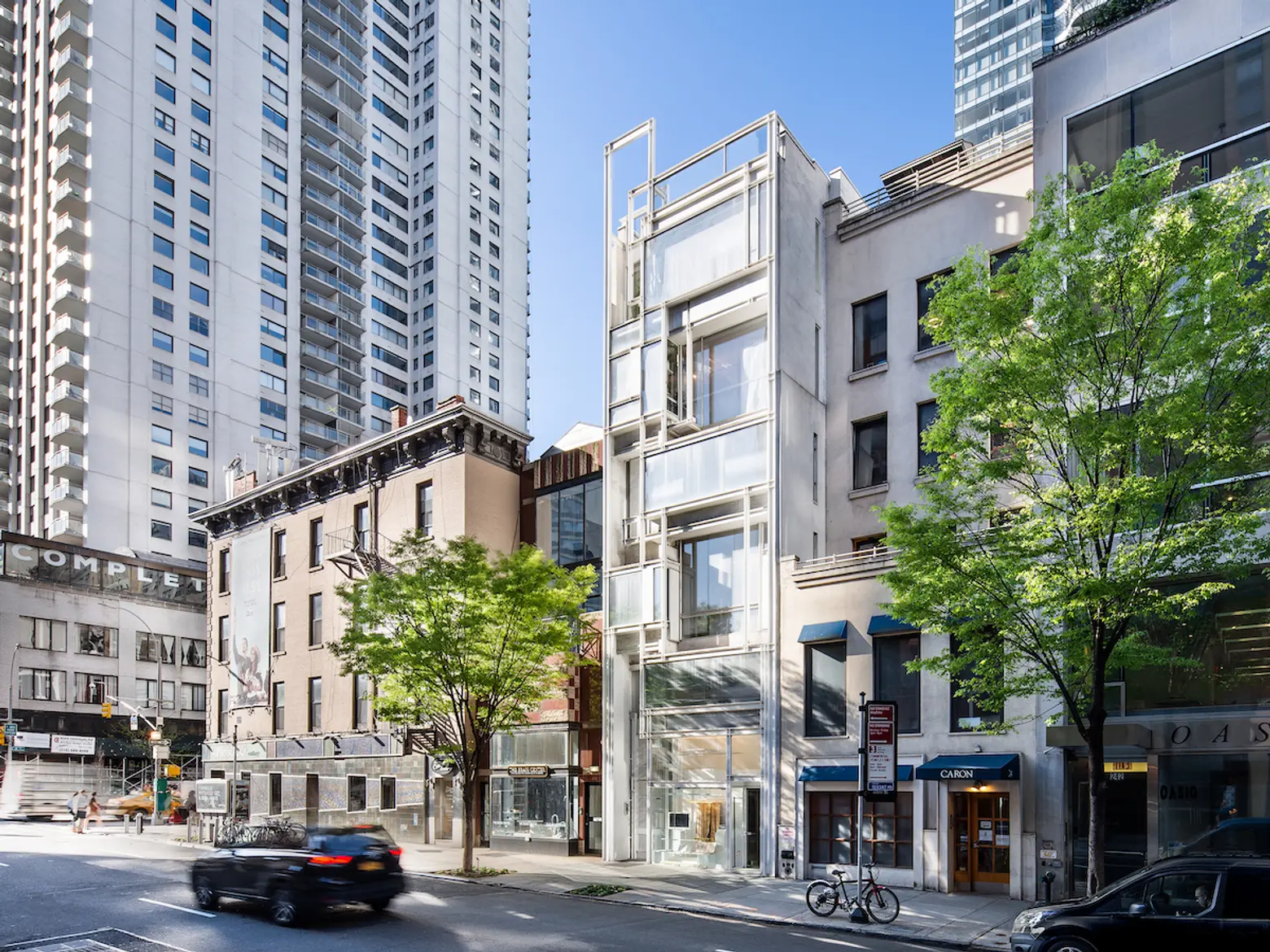
Modulightor. Image credit: Joe Polowczuk
The Metropolitan Museum of Art will host the first-ever major museum exhibition dedicated to the works of influential architect Paul Rudolph. Running from September 30 through March 16, 2025, “Materialized Space: The Architecture of Paul Rudolph” examines the career and legacy of the Modernist architect and how his contributions to architecture continue to inspire innovative designs in cities across the globe. The exhibition will feature over 80 works, ranging from small objects he collected throughout his life to drawings, models, furniture, material samples, and photographs.
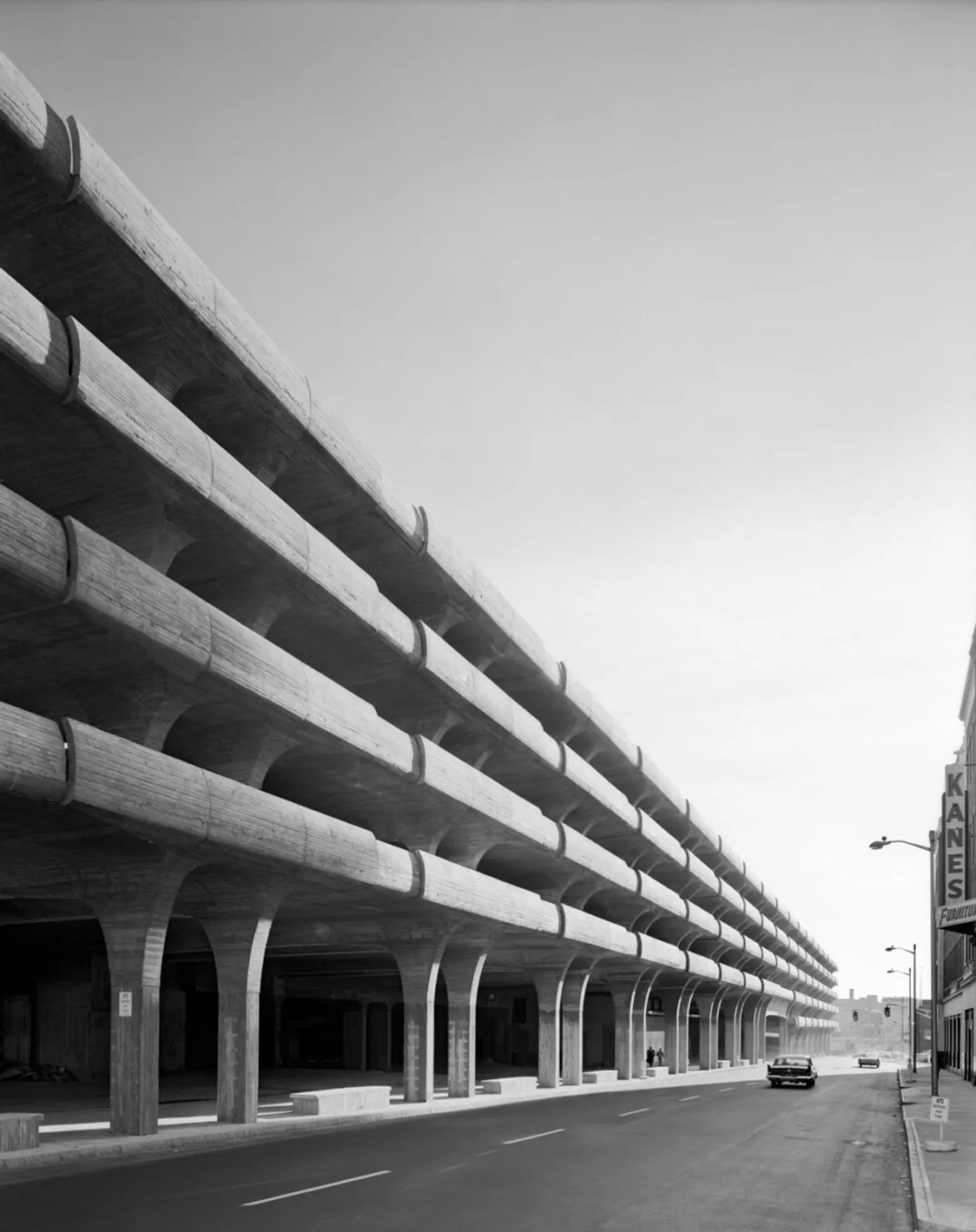
“Paul Rudolph was a pioneer and an iconic figure among the architectural community, and this long-overdue presentation analyzes the immense impact that his trailblazing work continues to have on contemporary architects and the development of our urban spaces,” Max Hollein, the Met’s Marina Kellen French director and chief executive officer, said.
“‘Materialized Space’ not only underscores the radical thinking that Rudolph imparted to the Modernist era, but also invites viewers into the complex artistic process of architectural development, illuminating the ways in which the spaces we occupy come to life.”
The exhibition will be divided into themed sections that detail the stages of Rudolph’s architectural evolution, touching on his work in housing, civic projects, megastructures, interiors, and commissions in Asia.
The pieces featured in the exhibition have been carefully curated to best show how the architect’s work confronted key cultural, economic, and political events during the 20th century, from post-war construction and expansion in the 1960s to the economic boom in Asia in the 1980s.

“Materialized Space” will also delve into Rudolph’s famous New York projects, including Robert Moses’s Lower Manhattan Expressway, an unrealized plan to link New Jersey to Brooklyn, Queens, and Long Island through the Holland Tunnel and the Manhattan and Brooklyn Bridges.
The proposed Y-shaped passageway introduced an innovative approach to city building, where transportation infrastructure would grow communities rather than divide them. The project never came to fruition due to strong opposition that the plan would displace communities.
Rudolph also designed the Modulightor Building in Midtown East, an iconic structure built between 1989 and 1993 to house Rudolph and German physicist Ernst Wagner’s Modulightor lighting company. The city landmarked the building last December, citing its special character and its historical and aesthetic significance in NYC.
The Met exhibition will also examine the controversy of Brutalism—a post-war architectural style that emphasizes structural elements over decorative design—and other architectural projects made of concrete during the 1960s and 70s.
Rudolph’s championing of Brutalist design and the use of concrete played a substantial role in his fall from public favor during the 1970s, offering insight into why many of his projects have been demolished during the past decade.
Additionally, the exhibition will showcase the prominent place of drawing within architecture, and specifically for Rudolph, a chance to highlight the striking renderings and perspective drawings he was famous for.
Despite new technologies that make it easier to develop architectural schematics, Rudolph’s handmade drawings set a precedent for creative development and are still key tools taught in architectural schools today.
Before his death in 1997, Rudolph gave the Library of Congress his architectural archive of over 100,000 items, including drawings, models, photographs, and more. “Materialized Space” will feature many of these items, loaned from the Library of Congress, including several items that have been on view before and some that have never been photographed.
The exhibition is organized by Abraham Thomas, the Daniel Brodsky Curator, and Modern Architecture, Design, and Decorative Arts in the Met’s Department of Modern and Contemporary Art.
“The refusal to be categorized makes Paul Rudolph a challenging architect to summarize, but this same quality also makes him a fascinating topic for research, driving new audiences to discover, or rediscover, his work every day,” Thomas said.
“Rudolph’s intricate, visionary drawings and dramatic completed buildings represent a singular voice within the crowded, variable terrain of architectural late Modernism—one that will continue to prove both spellbinding and confounding for many years to come.”
The Met will host several educational programs accompanying the exhibition, including in-gallery conversations, panels, demonstrations, and hands-on activities inspired by Rudolph’s work. The programming will be available for guests of all ages.
RELATED:





